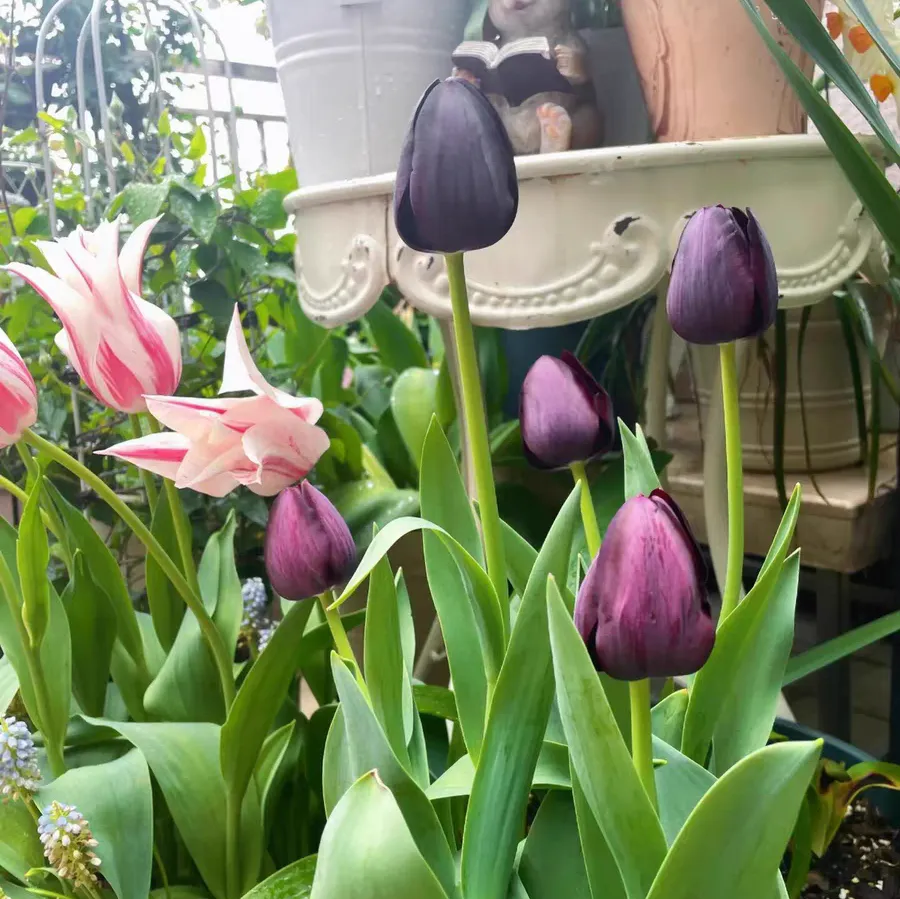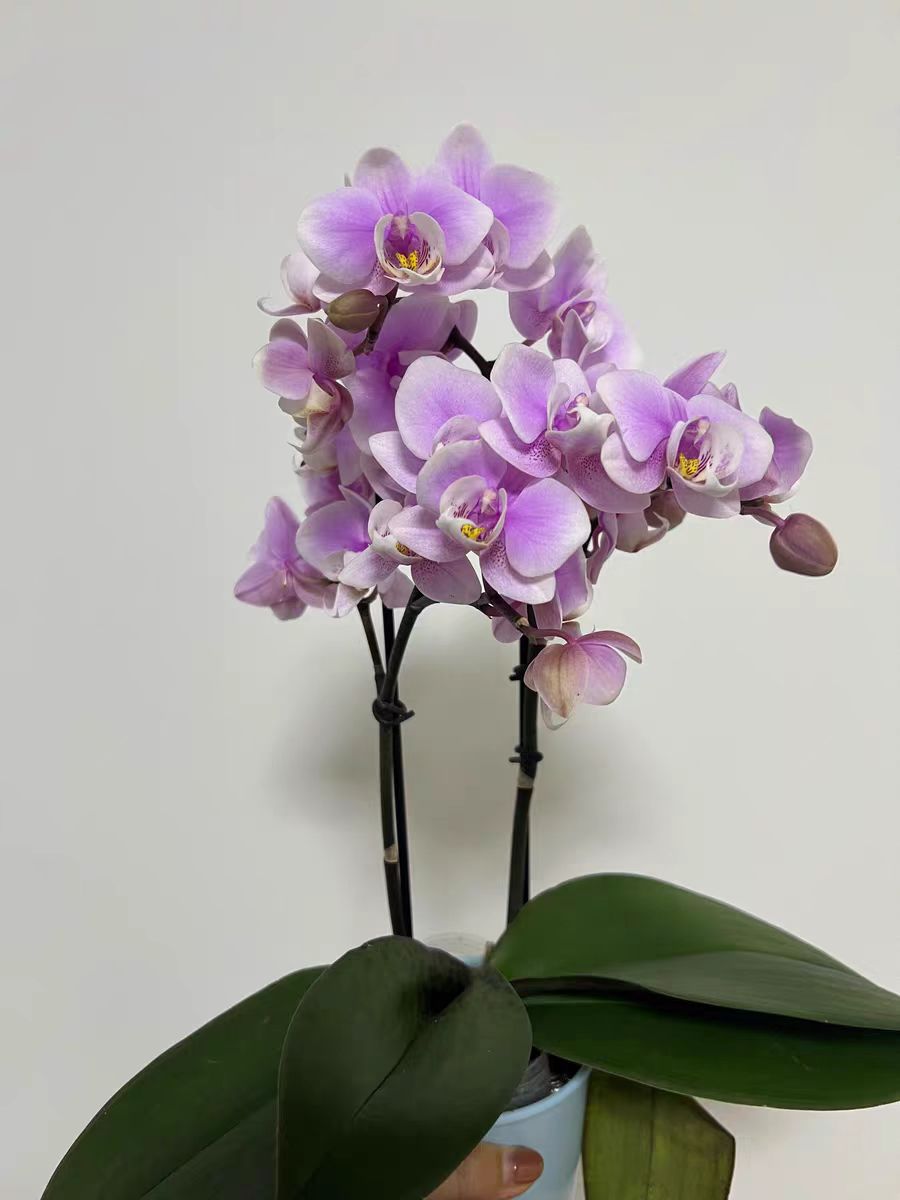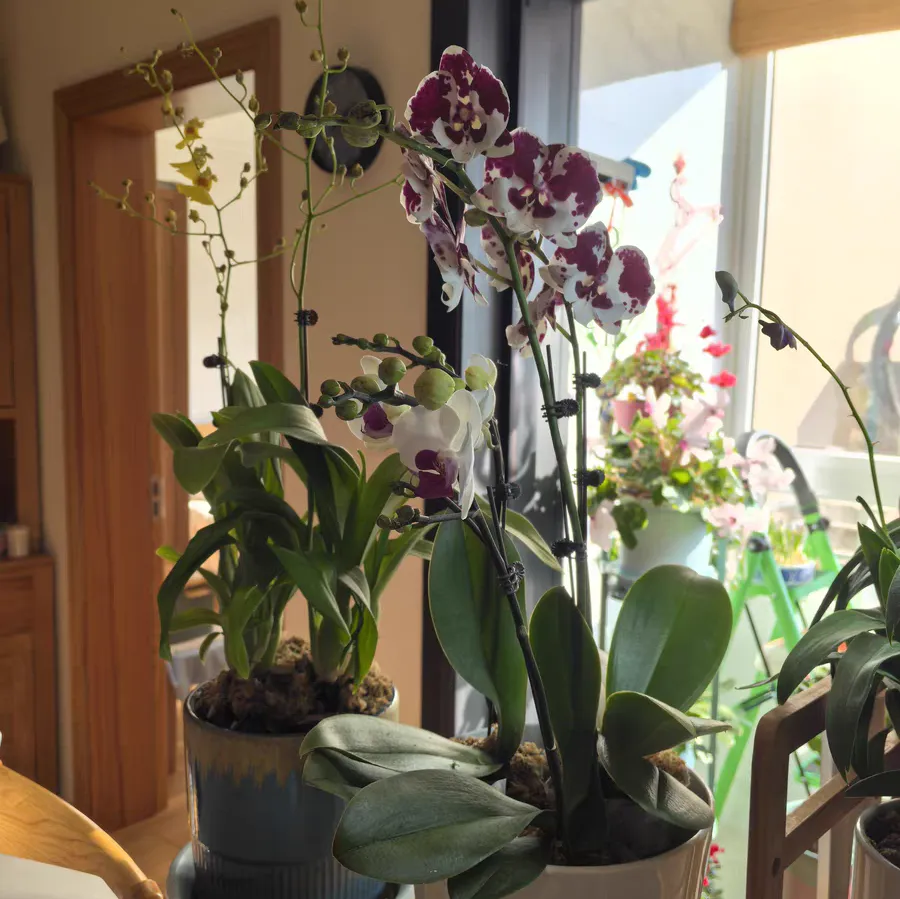Tulips and lycoris may seem somewhat similar at a distance, and many people get confused. Today, I'll share with you some tips on how to tell them apart!
First, looking at their appearance, tulips are really good - looking. Their petal shapes are extremely elegant, resembling exquisitely carved artworks. Their petals are relatively round and smooth - edged. The flowers usually grow solitary at the top of the stem, standing gracefully like the nobles among flowers. Their colors are also rich and diverse. There are red ones as fiery as flames, pink ones like rosy clouds, yellow ones brighter than gold, and various gradient colors. Each one is so beautiful that it's hard to look away.
Now, look at lycoris. Its petals are quite unique, thin and long, with a bit of curl, as if they've been permed. Moreover, when it blooms, several flowers cluster together to form an umbel - shaped inflorescence, which is completely different from the solitary flowers of tulips. The common colors of lycoris are red and white. Especially the bright red lycoris, also known as the "equinox flower" we often mention, is extremely flamboyant when it blooms, having a completely different elegant temperament from tulips.
In terms of growth habits, tulips are quite "foreign - style" flowers. They are native to regions such as the Mediterranean coast and Central Asia. They like a cool, humid, and sunny environment. They are relatively cold - tolerant but afraid of heat. Generally, the bulbs are planted in autumn, they go dormant in winter, and then grow rapidly in spring and bloom. They also have relatively high requirements for the soil, which needs to be loose, fertile, and well - drained sandy soil.
Lycoris is much more adaptable. It can be seen in many places in our country. It is relatively shade - tolerant and has an extremely strong adaptability. It can even grow tenaciously in some relatively infertile soils. It likes a warm and humid climate but can also endure a certain degree of drought. Lycoris has an interesting characteristic. It blooms first and then grows leaves, and the flowers and leaves never meet, which is very different from the simultaneous growth of flowers and leaves in tulips.
In terms of toxicity, both of them are toxic, but their toxicities are different. The flowers and leaves of tulips contain a toxic alkaloid. Prolonged contact may cause skin allergies in people. If accidentally ingested, it can also cause symptoms such as vomiting and diarrhea. Lycoris is even more toxic. The whole plant is poisonous, especially the bulbs. If ingested, it can damage the human central nervous system, and in severe cases, it can even endanger life. So when we grow these two kinds of flowers, we need to be careful and make sure that children and pets at home don't come into contact with them.
Now, when you see tulips and lycoris again, can you tell them apart at once? Next time you go to the park or the flower market, don't mistake them anymore!
Methods for Distinguishing Between Tulips and Lycoris

Share with
Tagged in :




Leave a Reply